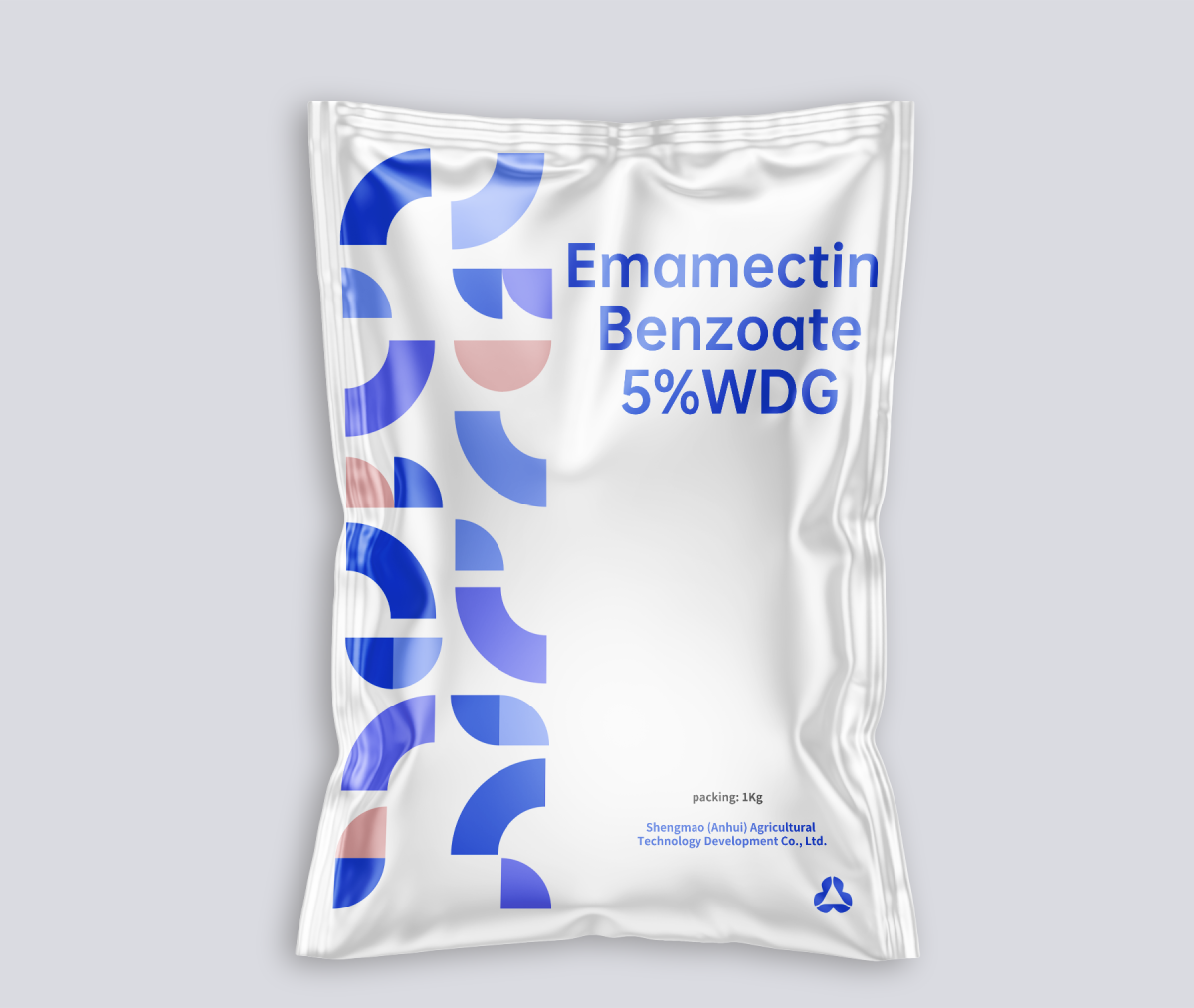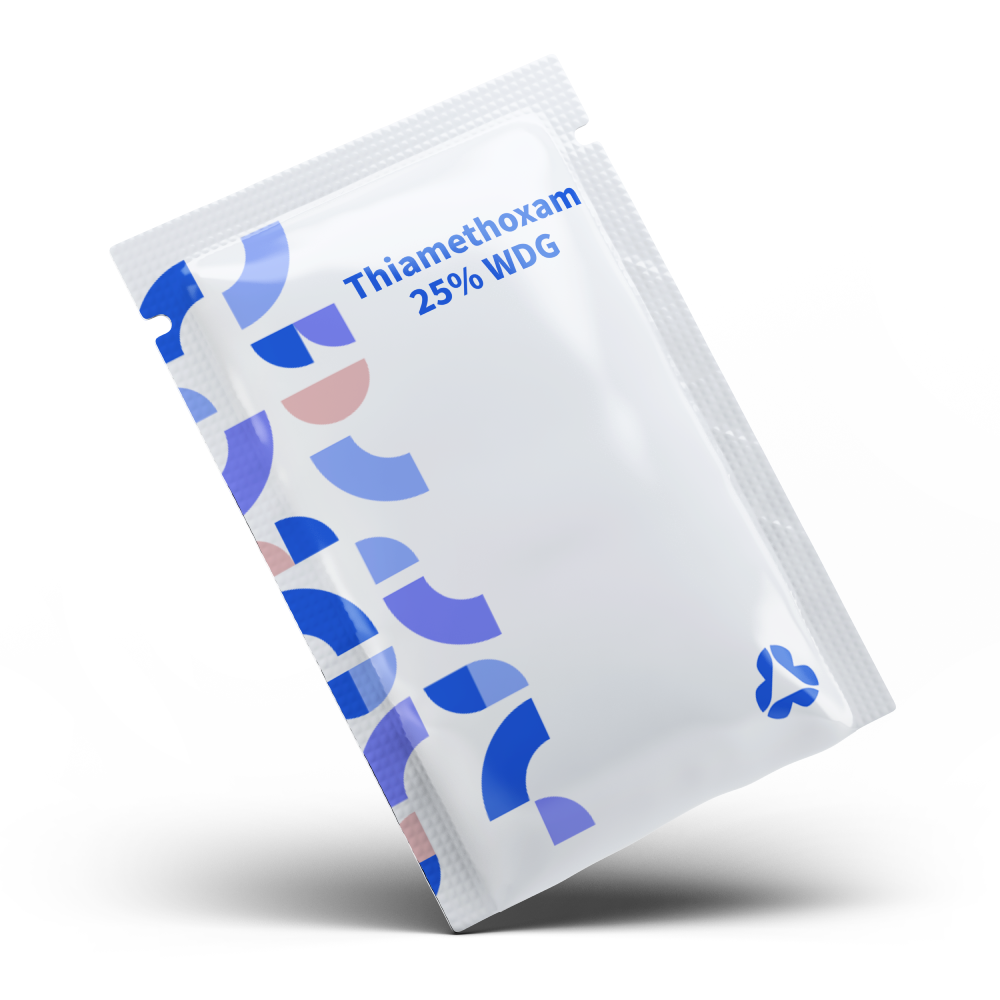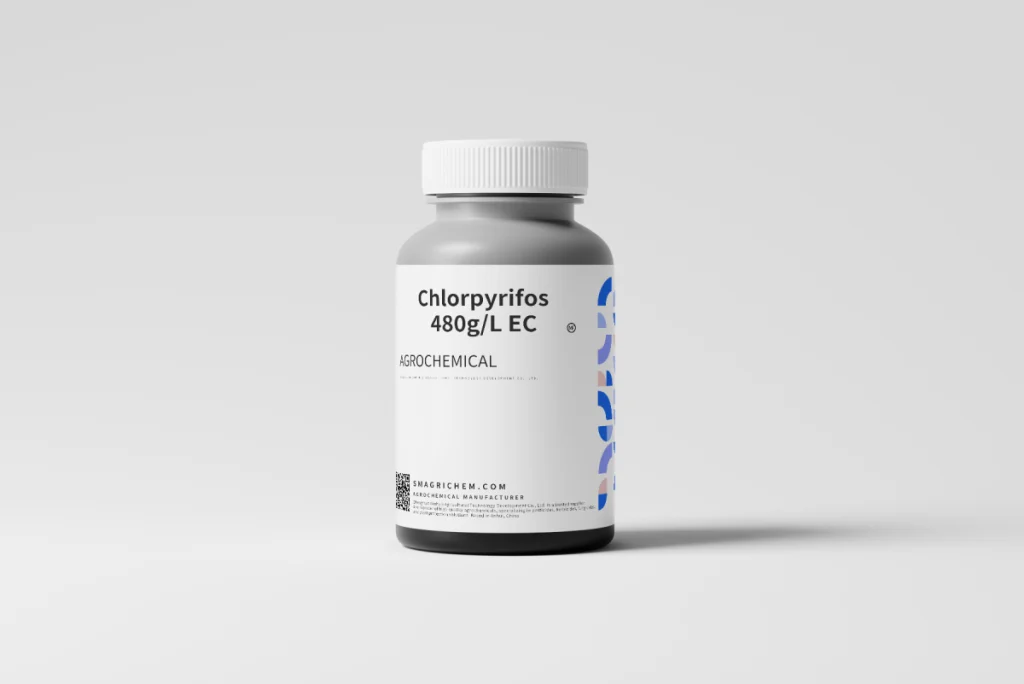Active Ingredient: Emamectin Benzoate
CAS Number: 155569-91-8
Molecular Formula: C₄₉H₇₅NO₁₃
Classification: Systemic insecticide from the avermectin class (derived from Streptomyces avermitilis)
Primary Use: Controls lepidopteran larvae, thrips, borers, and other leaf-eating pests in vegetables, fruits, cotton, and ornamentals.




